May itinerary in Japan Day 3 (Kumamoto prefecture)
(Thursday, May 19)
Table of contents
2. Misumi Port Ferry Terminal (Pyramid of the Sea)
6. Miike Coal Mine Miyanohara Pit
1. Einoo Tsurugi Shrine
I went to “Einoo Tsurugi Shrine”, which is about a 10-minute walk from the accommodation “Kappo Ryokan Shoukin-kan” on the morning of May 19th. Einoo Tsurugi Shrine was founded in 713. It is said that Kaidogami (Tamayori-Hime) came on the back of a huge “Ray (Batoidea)” and was enshrined.
At the dinner I had at Nishiki Sushi the day before, the master told me about Einoo Tsurugi Shrine. Residents around Einoo Tsurugi Shrine still do not eat “Ray (Batoidea)” as a god’s companion. A torii stood in the sea overlooking the Shiranui Sea.
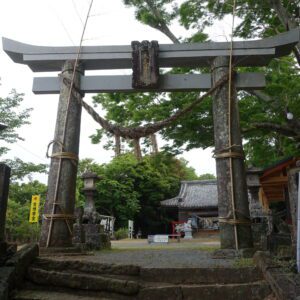
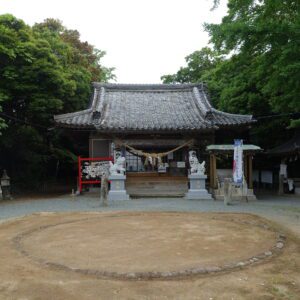
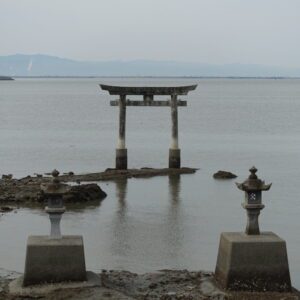
The precincts of Einoo Tsurugi Shrine (Uki City) are known as a viewing point for the Shiranui phenomenon. It has been designated as a national scenic spot as “Shiranui and Mizushima”. In 2022, the Shiranui phenomenon is scheduled to appear on the night of August 26th.
2. Misumi Port Ferry Terminal (Pyramid of the Sea)
I headed to Misumi West Port from the “Kappo Ryokan Shoukin-kan” where I was staying. The buses I used are as follows.
Depart Shoukin-kan mae at 8:47, arrival at Misumi Sanko at 9:41
Depart Misumi Sanko at 10:00, arrive at Misumi West Port-mae at 10:07, total fare Yen 940
It was very convenient because there is a bus stop in front of “Kappo Ryokan Shoukin-kan”. The master and the wife of master of “Nishiki Sushi” were cleaning the front of the sushi restaurant. I was able to tell that I went to Einoo Tsurugi Shrine and thank you for the dinner the day before when I was waiting for the bus.
To get to Misumi West Port, we need to change buses at “Misumi Sanko”. During that transfer time, I went to the Misumi Port Ferry Terminal, which is called the “Pyramid of the Sea”. The “Pyramid of the Sea” is a conical building with a diameter of 34m and a height of 25m, which is similar in shape to a snail. There are slopes both inside and outside.
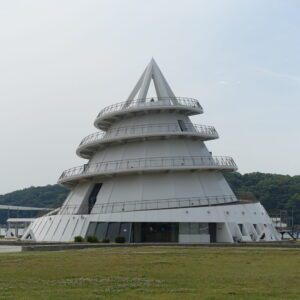
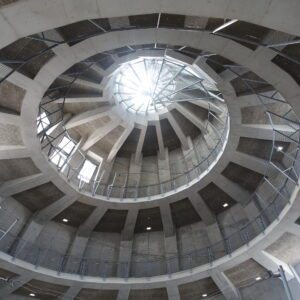
It was a very interesting design building. Designed by Shoei Yoh, an architect born in Kumamoto City. The top light at the top of the cone of the “Pyramid of the Sea” glows at night. Above the “Pyramid of the Sea” was a place with a nice view, and the scenery was very beautiful.
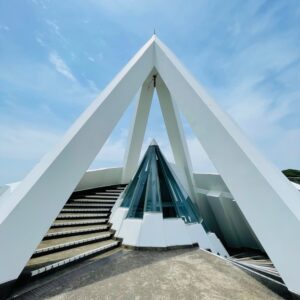
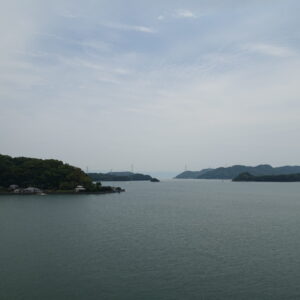

3. Misumi Station
Misumi Station was opened in 1899 and moved to its current location in 1903. It has a long history. Misumi Station is the terminal station of the Misumi Line (nicknamed “Amakusa Misumi Line”). The high-ceilinged wooden station building was built in 1903. We can have a good impression at the station with a calm appearance that seems to be the terminal station.

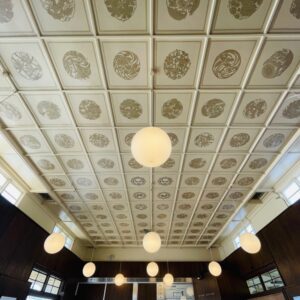
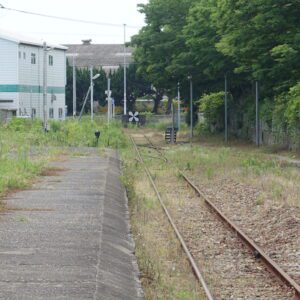
Near Misumi Station, there is the head office of “Misumi Kaiun”, which was founded in 1933 by port cargo handling at Misumi Port. It is a head office building with a light blue taste.
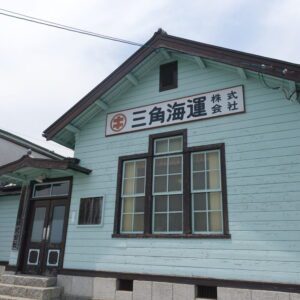
4. Misumi West Port
Misumi West Port was built in 1887 by the Dutchman Rouwenhorst Mulder. Together with Nobiru Port in Miyagi Prefecture and Mikuni Port in Fukui Prefecture, it is called the three major ports of the Meiji era. It has been designated as a national important cultural property as the only port that has a perfect appearance at the time of its construction, such as a masonry wharf, waterways, and buildings with a total length of 756 meters. In addition, Misumi West Port is one of the constituent assets of the world heritage “Sites of Japan’s Meiji Industrial Revolution: Iron and Steel, Shipbuilding and Coal Mining”. It has also been selected as a “national important cultural landscape” as a cultural landscape of Misum-iura.

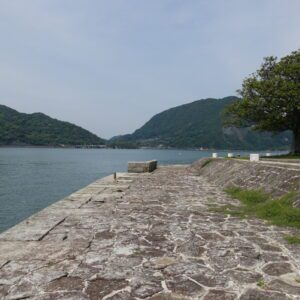
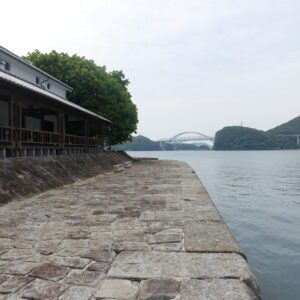
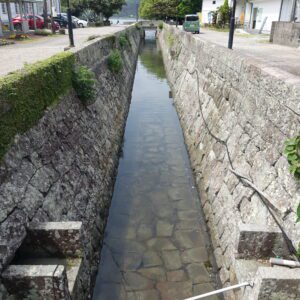
There are many historic buildings around Misumi West Port.
The old Misumi summary court main building was opened in 1890 and later relocated to its current location. It is now being used as a facility to introduce the courtroom.
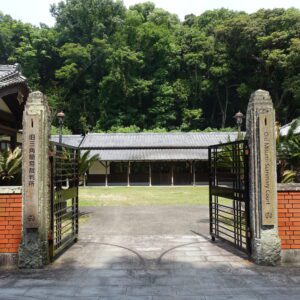
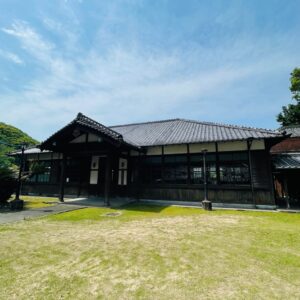
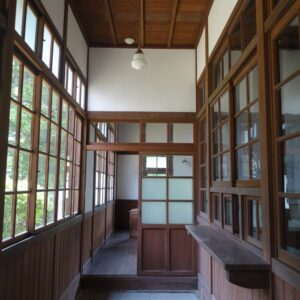
The old Uto country office is a pseudo-Western-style building built in 1902. Currently, it is a facility of JEIS West Japan, a private company.
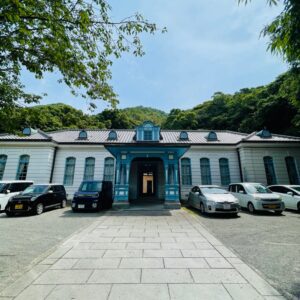
Urashimaya used to be an inn. Lafcadio Hearn stayed in 1893 and loved Urashimaya. In the travelogue “Dream of a Summer Day,” he praised “the inn was a paradise for me, and the maids seemed like celestial maidens.” Currently, it is used as a break room.
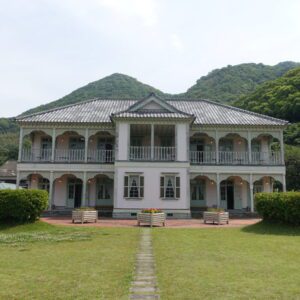
Ryujokan is a wooden one-story Western-style building that was planned to be built in 1918 to commemorate the 50th anniversary of the throne of Emperor Meiji. It is a national designated tangible cultural property. Currently, it is used as an introduction facility for Misumi West Port and the world heritage “Sites of Japan’s Meiji Industrial Revolution: Iron and Steel, Shipbuilding and Coal Mining”.
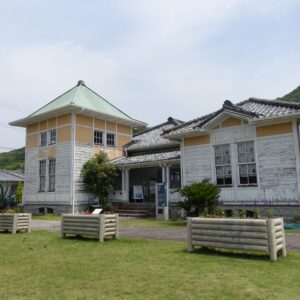
Admission fee: Yen 200 for high school students and above, Yen 100 for elementary and junior high school students
The former Takada shipping agency is an old building that was built in 1887 when the Misumi West Port opened. It is a registered tangible cultural property of Uki City.
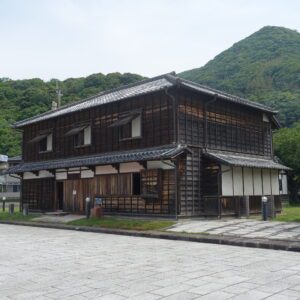
The Misumi Chikko Memorial Hall (Old Misumi Marine Transportation Warehouse) was built around 1887 and is a dozo building that was used as a warehouse. Currently, it is used as a restaurant called “Nishiko Meijikan”. It is a registered tangible cultural property of Uki City.
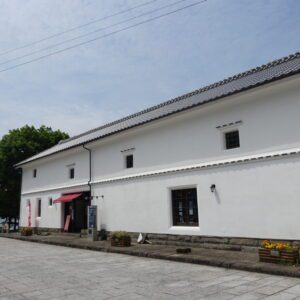
Murudoru House is a Western-style product building. We can buy local traditional crafts, special products, and imported miscellaneous goods. Murudoru is named after the Dutch civil engineer Mulder, who designed the Misumi West Port.
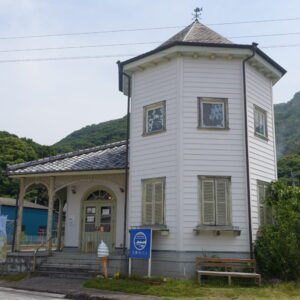
The sightseeing spots around Misumi West Port are small and cohesive, and we can get around in about an hour. It is a recommended sightseeing spot where we can feel the atmosphere of the Meiji era.
5. Miike Coal Mine Manda Pit
From Misumi West Port, I went to the Miike Coal Mine Manda pit. The means of transportation I used are as follows.
Depart Misumi West Port at 12:11, Kyushu Sanko Bus arrive at Misumi Sanko at 12:11
Depart Misumi Station at 12:32, “bouund for Kumamoto”, arrive at Kawajiri Station at 13:18
Depart Kawashiri Station at 13:37, rapid train bound for Tosu, arrive at Omuta Station at 14:34, total fare Yen 1,840
I used a rental bicycle from Omuta Station to the site of the Manda pit at Miike Coal Mine. The rental fee was as low as Yen 500 a day. It took about 15 minutes by bicycle from Omuta Station to the site of the Manda pit at Miike Coal Mine (about 4km).
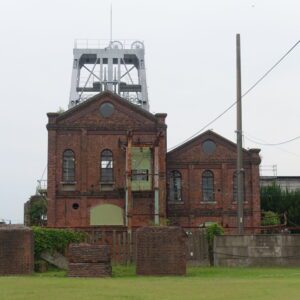
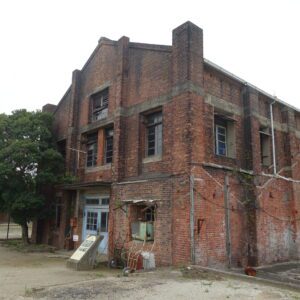
Manda pit is one of the pits of Miike Coal Mine. The main pits of the Miike Coal Mine are scattered in Arao City, Kumamoto Prefecture and Omuta City, Fukuoka Prefecture. The first pit turret of Manda pit was completed in 1899, and the second pit turret was completed in 1908.
Although the mine was closed on March 30, 1997, the facilities at Manda Pit are still very good. The jack engine, winch and hoist are still in their original condition, and we can feel the atmosphere of the Meiji era even if we visit. It seems that the first jack engine in the picture below remains only in Manda pit in the world.
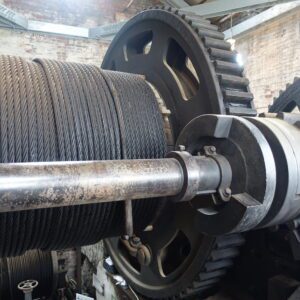
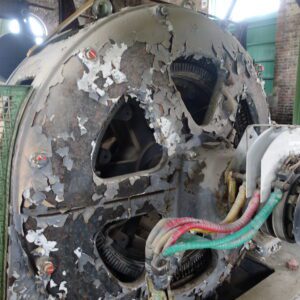
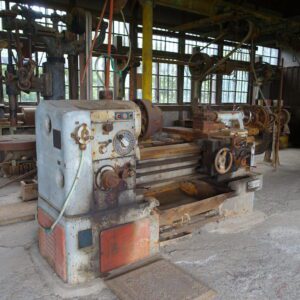
The second pit turret, hoisting machine room, and Yamanogami ritual facility have been designated as national important cultural properties. In addition, it was registered as a World Heritage Site as one of the constituent assets of “Sites of Japan’s Meiji Industrial Revolution”.

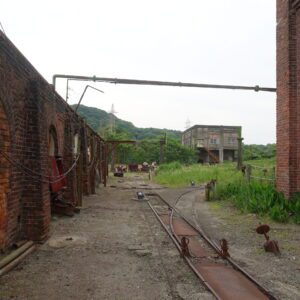
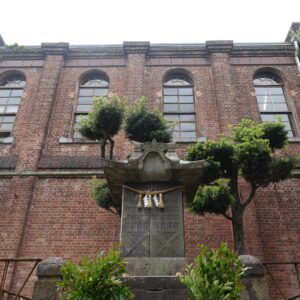
Admission fee: Adults Yen 410, high school students Yen 310, elementary and junior high school students Yen 210
Volunteers guide us for free.
6. Miike Coal Mine Miyanohara Pit
After the Miike Coal Mine Manda pit, I went to the Miike Coal Mine Miyanohara pit. It’s about 5 minutes away by bicycle. A wheat field spread between the Manda pit site and the Miyanohara pit.
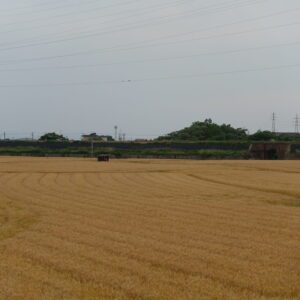
The first shaft of the Miyanohara Pit was completed in 1898 and started coal production. The second shaft was completed in 1901. It is completed slightly earlier than the Manda pit. The Manda pit was closed in 1997, while the Miyanohara pit was closed in 1931, which was significantly earlier. Therefore, the number and scale of the remaining equipment is significantly inferior to that of Manda Pit.
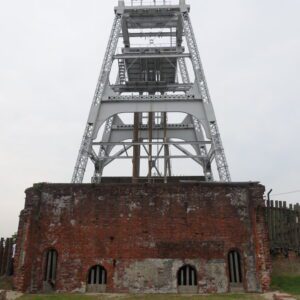
The Miyanohara pit is a pit where prisoners imprisoned by the nearby Miike prison were used for coal mining labor. Since the workers were prisoners, human lives tended to be neglected, and it is said that many victims were killed. However, criticism grew and in 1930 prisoner labor was banned along with women’s and children’s underground labor.
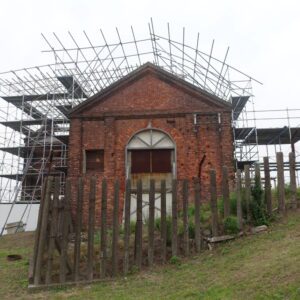
The second shaft turret and hoisting machine room have been designated as national important cultural properties. In addition, it was registered as a World Heritage Site as one of the constituent assets of “Sites of Japan’s Meiji Industrial Revolution”.
Currently, the Miyanohara mine is undergoing repair work, and it is not possible to tour the inside of the building. Repair work is scheduled to be completed in March 2023.
Admission is free. Volunteers guide us for free.
After visiting the Miyanohara pit, I returned to Omuta station. It took less than 15 minutes (about 3km) by bicycle to Omuta station. I returned my bicycle and headed from Omuta station to Kumamoto station. The transportation I used are as follows.
Depart Omuta Station at 16:34, Kagoshima Line rapid train “bound for Yatsushiro”, arrive at Kumamoto Station at 17:24 fare Yen 950
There was Kumamon in front of Higo Yokamon Ichiba inside Kumamoto Station and outside the ticket gate of Kumamoto Station.


Note: The departure / arrival times, fares, admission fees of transportation, meal fees, etc. listed in the text are as of the time of writing the BLOG. Please check for yourself when you go on a trip as it may change in the future.